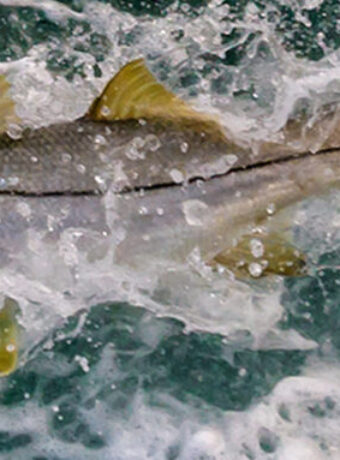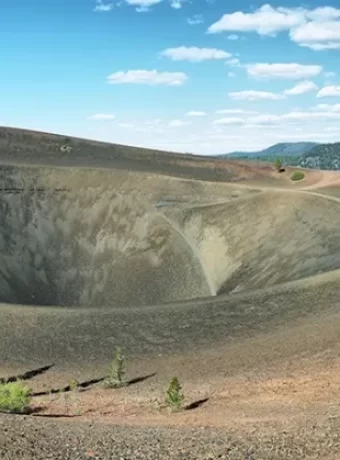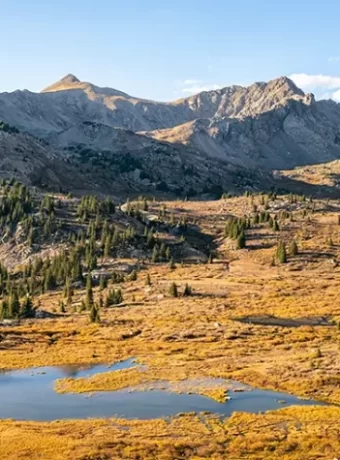Ultimate Guide to Tennessee Bass Fly Fishing & 15 Best Places
Tennessee bass fly fishing is an exciting and rewarding experience for anglers of all skill levels. From the tailwaters of the Great Smoky Mountains to the rolling hills of Middle Tennessee, the Volunteer State offers a diverse range of waters teeming with feisty smallmouth and largemouth bass. But where do you begin? This comprehensive guide provides all the information you need for successful Tennessee bass fly fishing. Let’s explore the best rivers, ideal gear, essential techniques, and even delve into specific fly patterns and tips that will help you land that trophy bass.
Table of Contents
15 Best Places to Fly Fish for Bass in Tennessee
1. South Holston River
Known for its incredible trout fishing, the South Holston River also holds a healthy population of smallmouth bass. The tailwater section below South Holston Dam is renowned for its cold, clear trout water and consistent flows. This makes it ideal for targeting smallies on the fly.
South Holston River Bass Fly Fishing: A Guide
Introduction
The South Holston River, located in eastern Tennessee, is renowned for its exceptional smallmouth bass fly fishing. With its crystal-clear waters, scenic surroundings, and abundant bass population, this river is a paradise for anglers. In this guide, we’ll cover the essentials of South Holston River bass fly fishing, including the best times to visit, gear, and techniques.
Best Times to Visit
The South Holston River is a year-round fishery, but the best times to visit for bass fly fishing are:
- Spring (March to May): This is the prime season for smallmouth bass, with water temperatures ranging from 50°F to 65°F (10°C to 18°C).
- Summer (June to August): Although the water can be warm, the bass are still active, especially during early morning and late evening hours.
- Fall (September to November): As the water cools, the bass become more active, making it an excellent time to visit.
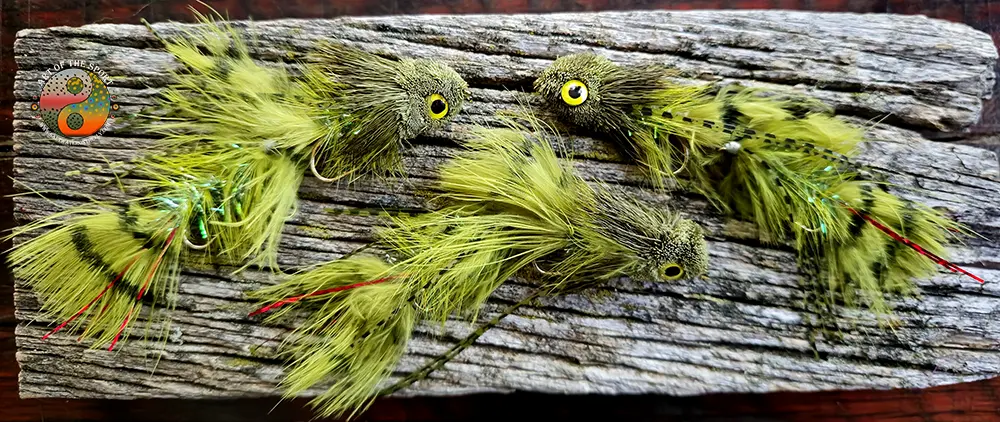
Dungeon's - Good Bass Baitfish Pattern
…
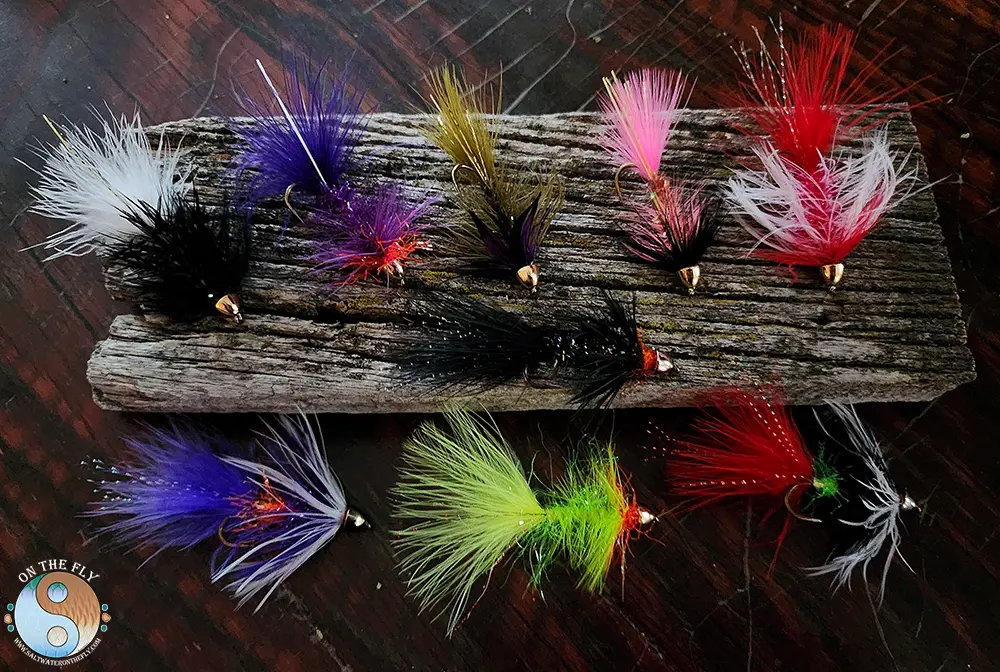
Bass Readily Pursue Woolly Buggers
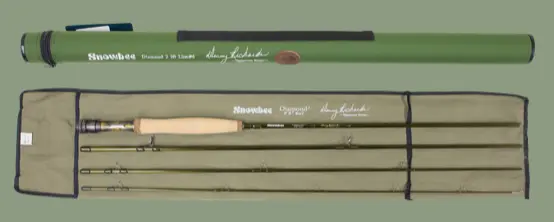
9' - 6 wt. Bass Fly Rod - Great Streamer Fly Rod

Bass Fishing Gloves with Striping Guard & UPF-50 Sun Protection
Outdoor Apparel designed with fishing in mind. Graphic Hoodies & more.
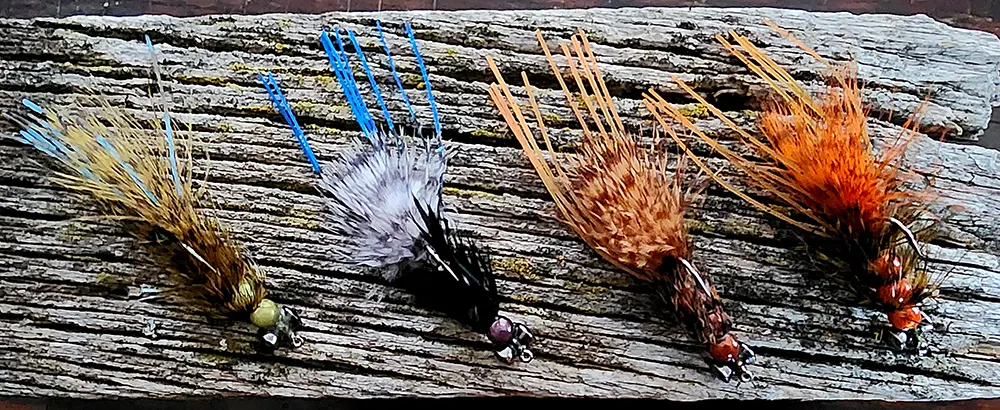
Crawfish are a Favorite Meal for Bass, Trout & other Species
Gear
- Fly Rod: A 9-foot, 5-weight or 6-weight rod is ideal for smallmouth bass fly fishing.
- Fly Line: A weight-forward floating line or a sink-tip line is suitable for the South Holston River.
- Leaders: Use a 9-foot to 12-foot leader with a minimum of 12 lb (5.4 kg) test.
- Flies: Streamers, nymphs, and topwater flies are effective for smallmouth bass. Some popular patterns include:
- Streamers: Woolly Buggers, Muddler Minnows, and Slumpbusters.
- Nymphs: Hare’s Ear, Pheasant Tail, and Copper John.
- Topwater Flies: Popper flies, such as the Boogle Bug and the Gurgler.
Techniques
- Streamer Fishing: Use a streamer to imitate baitfish, and retrieve it with a slow, steady motion.
- Nymphing: Fish nymphs deep, using a weighted nymph or a strike indicator.
- Topwater Fishing: Use a popper fly to imitate a injured baitfish, and retrieve it with a quick, aggressive motion.
Tips and Tricks
- Fish the Edges: Focus on the river’s edges, where bass tend to congregate.
- Look for Structure: Fish near rocks, weed beds, and sunken logs, where bass like to hide.
- Vary Your Presentation: Experiment with different retrieval speeds and techniques to find what works best.
- Respect the River: Practice catch-and-release fishing, and handle the fish gently to ensure their survival.
Conclusion of South Holston River Bass Fly Fishing
The South Holston River offers exceptional smallmouth bass fly fishing opportunities. By understanding the best times to visit, gear, and techniques, you’ll be well on your way to catching these feisty fish. Remember to respect the river and its inhabitants, and enjoy the beauty of this incredible fishery.
2. Clinch River
Another renowned tailwater, the Clinch River, offers exceptional fly fishing for both smallmouth and largemouth bass. The section below Norris Dam is particularly productive. With abundant baitfish and plenty of structure to hold bass, the Clinch River is a great place to fly fish in East Tennessee.
3. Hiwassee River
Renowned for its scenic beauty and diverse fish population, the Hiwassee River offers a rewarding fly-fishing experience for bass enthusiasts. The river is home to both smallmouth and spotted bass. There are plenty of opportunities for wading and float trips.
Hiwassee River Bass Fly Fishing: A Guide to Catching Largemouth and Smallmouth Bass
The Hiwassee River, located in eastern Tennessee, is a hidden gem for bass fly fishing. With its cold, clear waters and diverse aquatic life, the Hiwassee River offers an exceptional fishing experience for both largemouth and smallmouth bass. In this guide, we’ll cover the essentials of fly fishing for bass on the Hiwassee River.
When to Go
The best time to fly fish for bass on the Hiwassee River is during the spring and summer months (April to July). During this period, bass are more active and can be found in shallower waters, making them easier to target.
Tackle and Gear
- Fly Rod: A 9-foot, 6-weight or 7-weight fly rod is ideal for bass fishing on the Hiwassee River.
- Fly Line: A weight-forward floating line or a sinking line with a 10-15 foot leader is recommended.
- Flies: Popular bass flies include:
- Streamers: Woolly Buggers, Bunny Streamers, and Deceivers
- Poppers: Boogle Bugs and Hoppers
- Nymphs: Woolly Worms and Hare’s Ear Nymphs
- Leaders and Tippet: 10-15 foot leaders with 1X to 3X tippet material are suitable for bass fishing.
Fishing Techniques
- Streamers: Cast streamers near structure such as boulders, weed beds, and sunken logs. Use a slow, steady retrieve to imitate a baitfish.
- Poppers: Fish poppers near the surface, targeting areas with submerged vegetation or near shore. Use a quick, aggressive retrieve to imitate a struggling baitfish.
- Nymphs: Fish nymphs near the bottom, targeting areas with submerged structure or drop-offs. Use a slow, steady retrieve to imitate a crawling baitfish.
Best Spots
- Riffles: Fish the riffles, where the river’s current is fastest, as bass often congregate in these areas.
- Pools: Target the pools, where the river’s current is slower, as bass often hide in these areas.
- Boulder Fields: Fish the boulder fields, where bass often hide in the crevices and shadows.
- Weed Beds: Target areas with submerged vegetation, as bass often hide in these areas.
Tips and Tricks
- Pay attention to water levels: Bass are more active during periods of low to moderate water levels.
- Fish during overcast conditions: Bass are more active during overcast conditions, as they feel more secure in low-light conditions.
- Be prepared to wade: The Hiwassee River is a wade fishery, so be prepared to wade in the river to access the best fishing spots.
Conclusion of Hiwassee River Bass Fly Fishing
The Hiwassee River offers exceptional bass fly fishing opportunities for both largemouth and smallmouth bass. By following these guidelines and adapting to the river’s conditions, you’ll increase your chances of landing a trophy bass. Remember to always practice catch-and-release fishing and respect the river’s environment to ensure the sustainability of this world-class fishery
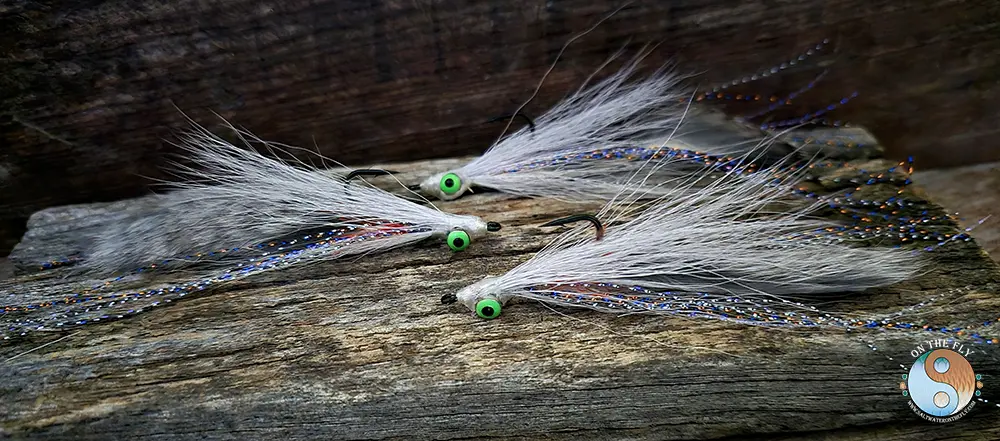
Clouser Minnow in a Ghost Minnow Pattern
4. Caney Fork River
This tributary of the Cumberland River boasts excellent smallmouth bass fishing, particularly in the tailwater section below Center Hill Dam. The Caney Fork River is a larger river known for its consistent flows and opportunities for trophy-sized smallies. Three Smallmouth world records were caught in the nearby Dale Hollow Reservoir.
5. Dale Hollow Lake
Dale Hollow Lake, a scenic reservoir stretching across the Tennessee-Kentucky border, is a bass angler’s paradise. It is particularly famous for its smallmouth bass, with excellent fly-fishing opportunities throughout the warmer months.
6. Center Hill Lake
Similar to Dale Hollow, Center Hill Lake is a deep, clear reservoir with excellent fly fishing for bass. The lake is known for its quality smallmouth and largemouth bass, as well as spotted bass.
7. Norris Lake
Norris Lake is a sprawling reservoir with more than 800 miles of shoreline. Known for its various fish species, Norris Lake offers fantastic fly fishing opportunities for bass. The coves and many points and islands are great places to target.
8. Cherokee Lake
Cherokee Lake is another large Tennessee reservoir offering great bass fishing. Fly anglers can target both largemouth and smallmouth bass. The best action is typically found in the spring and fall.
9. Chickamauga Lake
Chickamauga Lake has gained a reputation for producing trophy-sized largemouth bass. However, don’t overlook the excellent fly-fishing opportunities for spotted bass. Target the shallow, grassy areas during the warmer months.
10. Nickajack Lake
Located on the Tennessee River, Nickajack Lake is another excellent fly-fishing destination for spotted bass. Don’t overlook the largemouth bass either.
11. Watts Bar Lake
Just upstream from Chickamauga Lake lies Watts Bar Lake, another great spot for largemouth, smallmouth, and spotted bass. The lake offers plenty of fly fishing opportunities.
12. Tims Ford Lake
Located in south-central Tennessee, this reservoir is known for its excellent bass fishing, especially for smallmouth. Target rocky points and drop-offs with your fly rod for the best action.
Fly Selection
Selecting effective flies can mean the difference between a slow day on the water and one for the record books. The Tennessee bass seem to have an affinity for particular flies. Consider these top contenders:
| Fly Type | Details |
|---|---|
| Brown and White Belly Sculpin Streamers | These lifelike imitations (size 6/4) often entice those larger, trophy-sized fish. |
| Black Matuka and Olive Matuka Sculpin | The Black Matuka and Olive Matuka Sculpin, favored by many experienced anglers, should be on your list in sizes 4/6. |
| Clouser Minnows | The legendary Clouser Minnow consistently proves effective. |
| Wooly Buggers | Never leave home without Wooly Buggers – an absolute staple for any bass fly fishing trip. |
| Poppers | Topwater poppers deliver explosive surface strikes for heart-stopping action. |
Experiment with different fly patterns and sizes to see what works best in the specific waters you’re fishing. Don’t be afraid to try something new.
13. Douglas Lake
This 30,000-acre lake has earned a solid reputation among anglers for its robust populations of smallmouth and largemouth bass. It is also known for its clear waters, making sight fishing a rewarding option.
Best Spots
- River Channels: Fish the river channels, particularly where they intersect with the main lake.
- Weed Beds: Target areas with submerged vegetation, as bass often hide in these areas.
- Drop-Offs: Fish the drop-offs, where the lake’s bottom suddenly changes depth.
- Points: Fish the points, where the shoreline juts out into the lake.
Tips and Tricks
- Pay attention to water temperature: Bass are more active in water temperatures between 60°F and 80°F.
- Fish during low light conditions: Early morning and late evening are the best times to fish for bass.
- Be prepared to move: Bass can be finicky, so be prepared to move to different locations to find active fish.
Conclusion of Douglas Lake Bass Fly Fishing
Douglas Lake offers exceptional bass fly fishing opportunities for both largemouth and smallmouth bass. By following these guidelines and adapting to the lake’s conditions, you’ll increase your chances of landing a trophy bass. Remember to always practice catch-and-release fishing and respect the lake’s environment to ensure the sustainability of this world-class fishery. Learn more about Tennessee Fly Fishing and Tennessee State Parks.
Additional Information
- Access: Douglas Lake has several access points, including the Douglas Lake Marina and the Dandridge Public Boat Ramp.
- Regulations: Check with the Tennessee Wildlife Resources Agency for up-to-date fishing regulations and licensing requirements.
- Guides: Consider hiring a local guide to help you navigate the lake and find the best fishing spots.
Recommended Flies for Douglas Lake
- Woolly Bugger: A classic streamer pattern that imitates a baitfish.
- Boogle Bug: A popular popper pattern that imitates a struggling baitfish.
- Hare’s Ear Nymph: A versatile nymph pattern that imitates a crawdad or baitfish.
- Deceiver: A slim, streamer pattern that imitates a baitfish.
- Swim Bait: A popular fly pattern that imitates a swimming baitfish.
Remember to always check the local fishing reports and adapt your fly selection to the current fishing conditions.
14. Great Smoky Mountains National Park Streams
While most anglers associate the Smokies with trout fishing, don’t overlook the many streams that harbor good populations of smallmouth bass. These streams are some of the best trout streams in the state. Check regulations before fishing within the park, as some areas have special regulations.
15. Duck River
This middle Tennessee River is home to a surprising number of fish species, making it one of North America’s most biodiverse rivers. This means it’s no slouch when it comes to smallmouth bass. The Duck River has more than 30 public access points, providing anglers ample opportunity to test the waters.
FAQs About Fly Fishing for Bass in Tennessee
FAQ 1: Where is the Best Bass Fishing in Tennessee?
Tennessee has many amazing places to fish for bass, and it can be tough to narrow down a “best.” It’s a close call between Dale Hollow Lake, known for its monster smallmouth bass, and Chickamauga Lake, where giant largemouth bass make a splash. Ultimately, the best spot will depend on your preferred bass species and fishing style.
FAQ 2: Does Tennessee Have Good Fly Fishing?
Tennessee is indeed a fly fishing gem. While it may be best known for trout fishing in the Smoky Mountains and its famous tailwaters, don’t underestimate the fantastic opportunities for bass on the fly. Many anglers find fly fishing for bass to be an exhilarating experience, offering explosive strikes and acrobatic fights.
FAQ 3: When Should I Fly Fish for Bass in Tennessee?
The optimal time to fly fish for bass in Tennessee depends on the species and water conditions. Generally speaking, spring and fall offer the most consistent action. Spring brings about the pre-spawn and spawning periods, making bass more aggressive and eager to chase flies. As temperatures cool in fall, bass feed heavily in preparation for winter, providing another prime time to target them.
FAQ 4: Where is the Best Place to Catch Trout in Tennessee?
Trout anglers have an embarrassment of riches to choose from in Tennessee. Some of the most acclaimed destinations include:
- The Great Smoky Mountains National Park
- South Holston River
- Clinch River
- Hiwassee River
These areas are home to healthy populations of rainbow, brown, and brook trout. It’s always a good idea to check the Tennessee Wildlife Resources Agency (TWRA) website for stocking information, regulations, and any special permits needed before venturing out.
Conclusion of Tennessee Bass Fly Fishing
Whether you’re a seasoned angler or a curious newcomer eager to experience the joy of fly fishing, these 15 best places to fly fish for bass in Tennessee promise unforgettable adventures. You’ll experience fishing amidst the scenic beauty of the Volunteer State. From tranquil rivers and streams to sprawling lakes and reservoirs, there’s a place for everyone.


